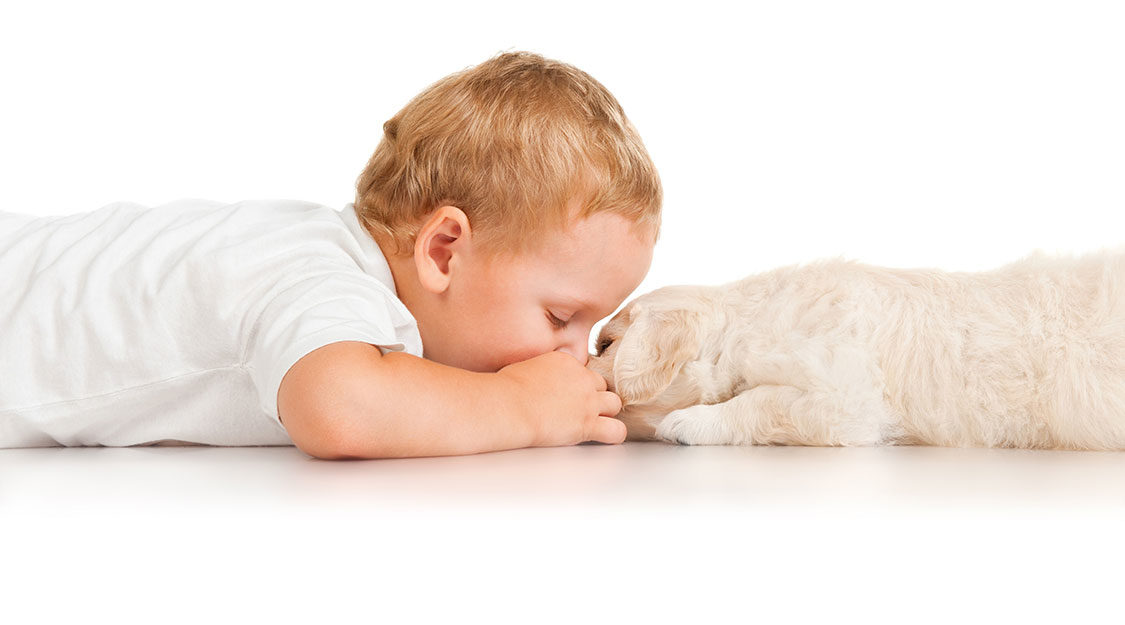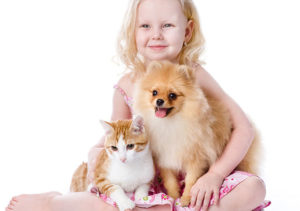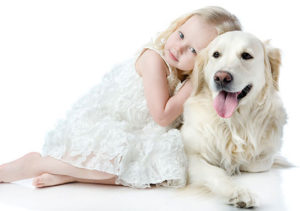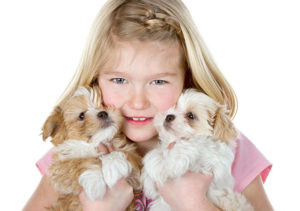How dogs teach our kids responsibility, sharing and communication – Part 3

By using your dog to teach a child, positive life lessons can formed and crafted that will last forever in your son or daughter. This works by getting your kids involved in activities that not only take care of the dog, but teaches your child at the same time.
They keys to this practice working effectively must revolve around verbal and physical coaching. Always follow a pattern. You do it with the dog, then let the child do it. Skills are learned by imitation. At the same time more than physical actions are imitated.
Connecting dog and child
Connect what the child does with how the dog responds, and how the dog looks or feels after it is done. This encourages the child to work for natural rewards – as opposed to being paid for chores with money or privileges.
Stress this accomplishment by pointing out that the dog is happier or healthier. Be specific as in the example of showing a child how to brush the dog’s coat. The dog wags his tail more often now or his dull coat is now shiny, and that the child made this happen.
Benefit from failure
As well as success – use failure to teach a realistic sense of responsibility. In failures, show the child that the dog is not a toy but has a mind and personality of his own. Explain the dog’s “bad” behavior.
Show the child, since he or she is much more intelligent than the dog, that he has inherited the responsibility for making the relationship work or not. (Of course, there are times when this would not work – when fundamentally there is something wrong with the dog or the problem is too difficult the solve.) When problems arise, trace them with the child to their root.
A common example
Take the instance of a little boy playing with his new dog in the back yard. Both are strangers to each other. Both are trying to play before they properly know what to expect from each other. The boy shouts and pretends to shoot the dog with a toy gun. Then the boy runs around the yard.
The dog gives warning signals of being scared and uncertain. The boy doesn’t know how to read this so he runs away, while the dog makes a choice – that the boy wants him to chase him. That is what the boy wants – except the dog catches the boy by the seat of his pants and holds him against the wire fence.
The boy screams, the mother runs out, the dog backs away – everybody is confused.
Find out how this could be prevented: Let a new dog settle down first – smell around, explore the yard, meet the boy under quiet, calm circumstances. Have the child play slow games with the dog at first, so both will know what to expect.
Then, turn the frightening experience into understanding. It can save this from being the first of many bad incidents and bad feelings toward animals for the child.
Guide the child into re-establishing the relationship. Let him solve the problem by going back out in the yard, approaching the dog slowly, giving him food, patting him and reassuring him in a soothing voice.
Explain to the child – this was a misunderstanding. And if he gets through the hard times, it will help him understand his dog better, he will have a better pet and they will have more fun together.




